THE HISTORY OF BOMBER JACKETS
Grandad imparted wisdom to me every chance he got. One of his favorites:Remember your roots. What is good today is often made even better when viewed in the context of its (and our) history, where it has been, and how it has evolved along the way. The bomber jacket is no exception. Join us as we remember our roots and the history of bomber jackets.
PRECURSOR: THE FIRST FLIGHT JACKET
In 1917, the US Army Aviation Clothing Board created “flight jackets” for WWI pilots. These special jackets were necessary because the cockpits in WWI fighter planes were open-air and uninsulated. To protect from the bitter cold conditions, the original flight jackets were crafted of horse leather or sealskin and lined with fur.

ADVANCES IN AVIATION: THE TYPE A-1 IS BORN
Numerous aviation advances occurred in the years after WWI, including the shape of the cockpit. As cockpits became narrower in shape and more crowded with technology, there was less space available for wearing a bulky coat. Enter: the US Army Type A-1, introduced in 1927. The A-1 had a more streamlined shape than the WWI flight jackets. This insulated leather jacket featured a knit collar, cuffs, and waistband, and a button-up closure. Goatskin, sheepskin, and horsehide were the most common types of leather used in crafting the A-1.
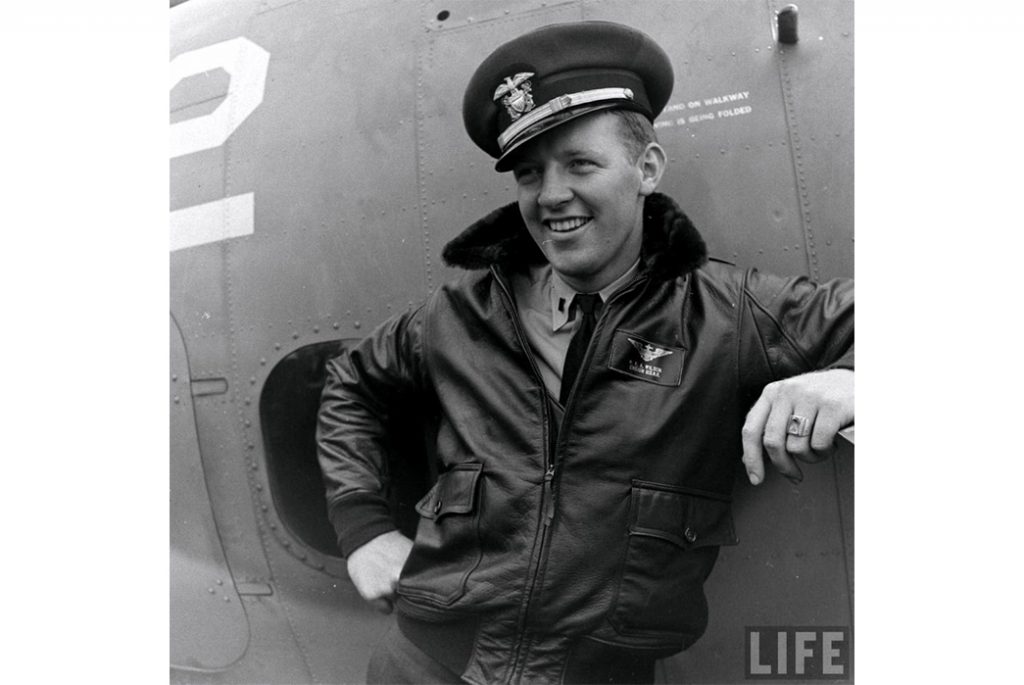
WWII AIR CORPS DAREDEVILS AND THE A-2
In the early 1930s, we saw the next evolution in the history of the bomber jacket. The A-2 flight jacket was a lined leather jacket that was similar to the A-1 in many ways, but this version featured a zip closure with a wind flap and a high collar. Although closed cockpits had been introduced by this time, flight jackets continued to optimize for open air cockpits, and the elasticized cuffs and waist remained to offer insulation against the cold. Although the A-2 was phased out in 1943, it was worn by WWII’s Air Corp daredevils, making the A-2 one of the most recognized versions of the iconic jacket.

THE G-1: THE “TOP GUN” JACKET
Although the G-1 was introduced to the Army and Navy sometime in the 1930s, it wasn’t until 1943 that the G-1 replaced the A-2 among the Air Corps pilots. This version maintained the zip closure but removed the wind flap. Most notably, the G-1 brought us the bi-swing back and mouton fur collar. (And also notably, yes, this is the jacket Tom Cruise wears in Top Gun.).
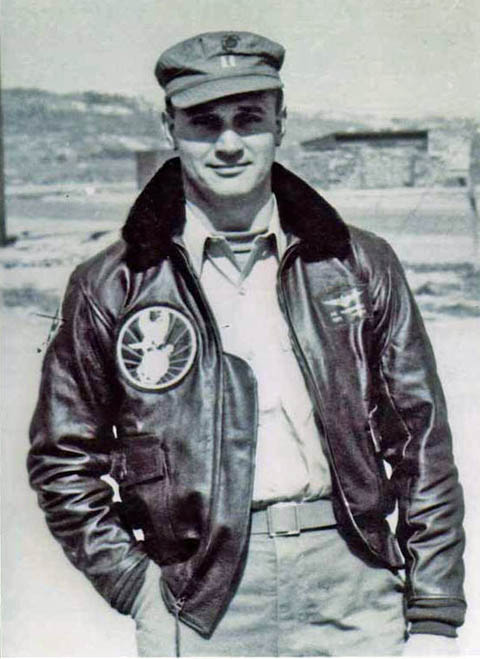
THE B-3: THE FIRST “TRUE” BOMBER JACKET
While all of the above jackets are commonly referred to as bomber jackets, and they are part of the history, the B-series jackets were the first flight jackets designed specifically for high-altitude bombers and their needs. The B-3 was introduced in the mid 1930s, crafted of sheepskin and lined with heavy-duty sheep fur. It did not have the knit waistband featured on previous flight jackets, but two leather straps allowed the pilot to close the wide sheepskin collar. This was a bulky coat designed to keep bombers warm 25,000 feet up.
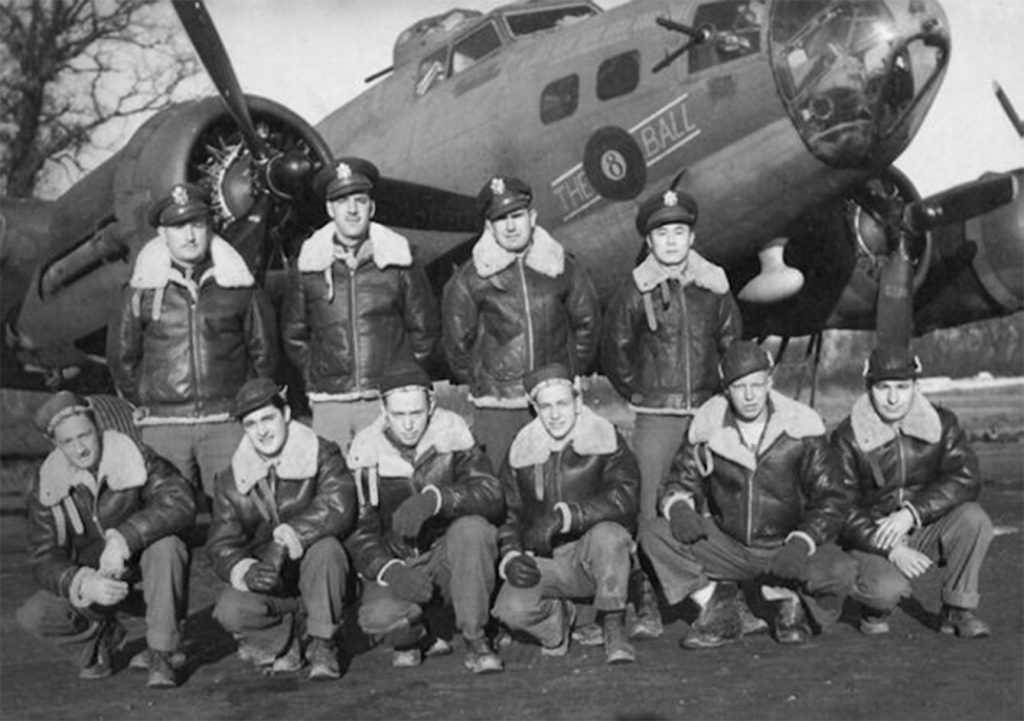
THE B-6: WARM AND WEARABLE
The B-6 was introduced around 1943 and maintained much of the warmth offered by the bulky B-3, but in a more wearable cut. Temperature conditions in cockpits were improving by this time, so the B-6 could afford to lose a bit of insulation in favor of a slimmer fit. The B-6 maintained the sheepskin and sheep fur combination, just a bit less of it, and a single latch for the collar.
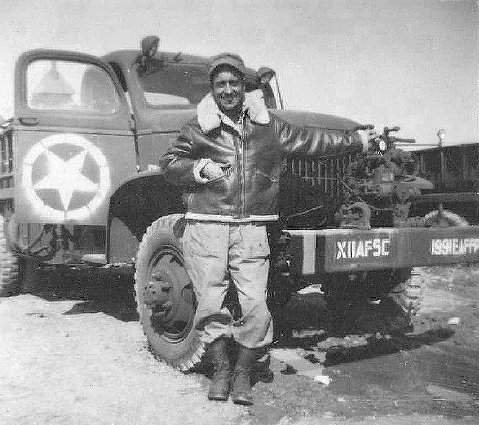
ADVENTURES IN CLOTH: THE B-10
The B-10, which also arrived in 1943 and ultimately phased out the other B-series jackets, was an alpaca-fur-lined cloth jacket. Reminiscent in style of the G-1, the B-10 had an alpaca fur collar, a zip closure (without a wind flap), and similarly designed pockets. But, the B-10 would have a very short stint as the reigning bomber jacket.

AN ICON: THE B-15
In 1944, the B-15 entered the scene and became the jacket that many recognize as a “proper” bomber jacket. The B-15 brought back the mouton fur collar and reintroduced the knit waist and cuffs, but the shell was crafted of various materials including cotton, and later, nylon. A couple of small but recognizable details also introduced in the B-15: a pen pocket on the upper left arm sleeve, slash pockets on the front, and leather straps for holding oxygen masks.
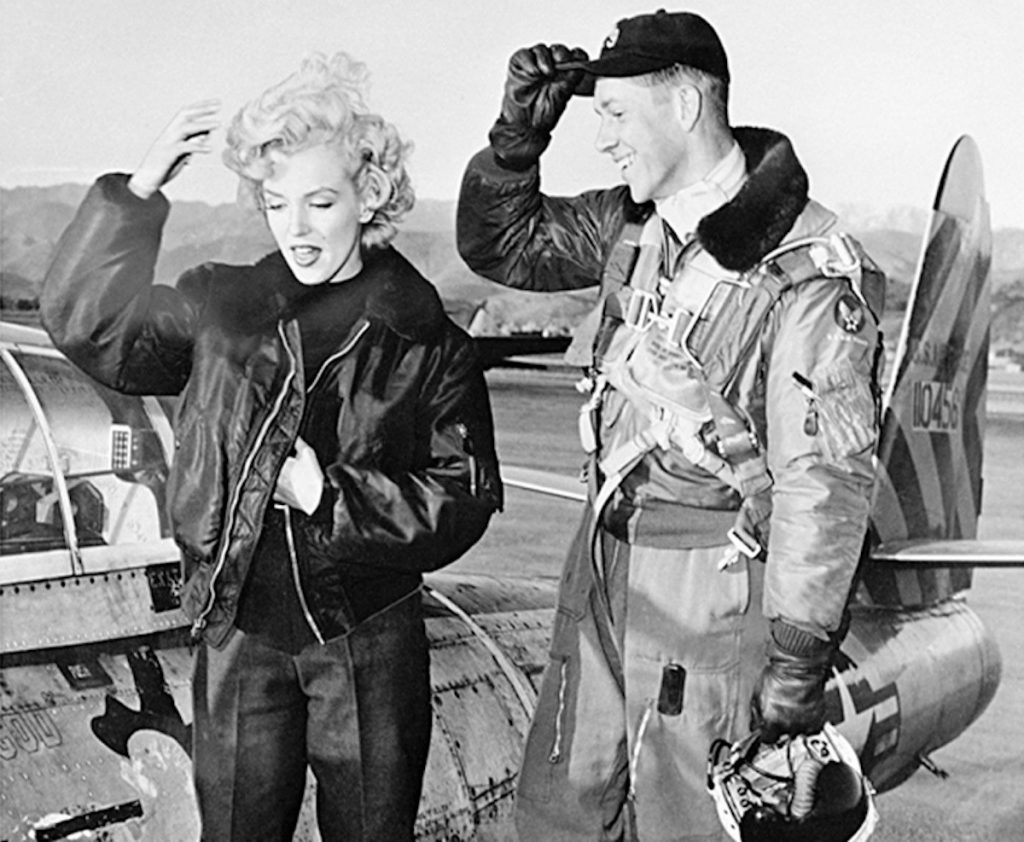
THE ULTIMATE BOMBER JACKET: THE MA-1
The B-15 was ultimately upgraded to the MA-1 in 1949, and this version continues to be the most replicated version across all types of applications. In response to further advances in technology and conditions, the fur collar was replaced with an elastic, knit collar. The fur was no longer necessary for warmth, and the knit collar better accommodated parachute harnesses. The preferred exterior material for the MA-1 was nylon, a budget-friendly and easy-to-clean material effective at keeping the pilot warm and dry. The interior was lined in bright orange, which could be reversed and exposed to aid rescue visibility in case of a plane crash. This is also the time when jackets were first produced in colors other than the Air Force’s standard issue dark blue, namely in camouflage green, throughout the Korean and Vietnam Wars.
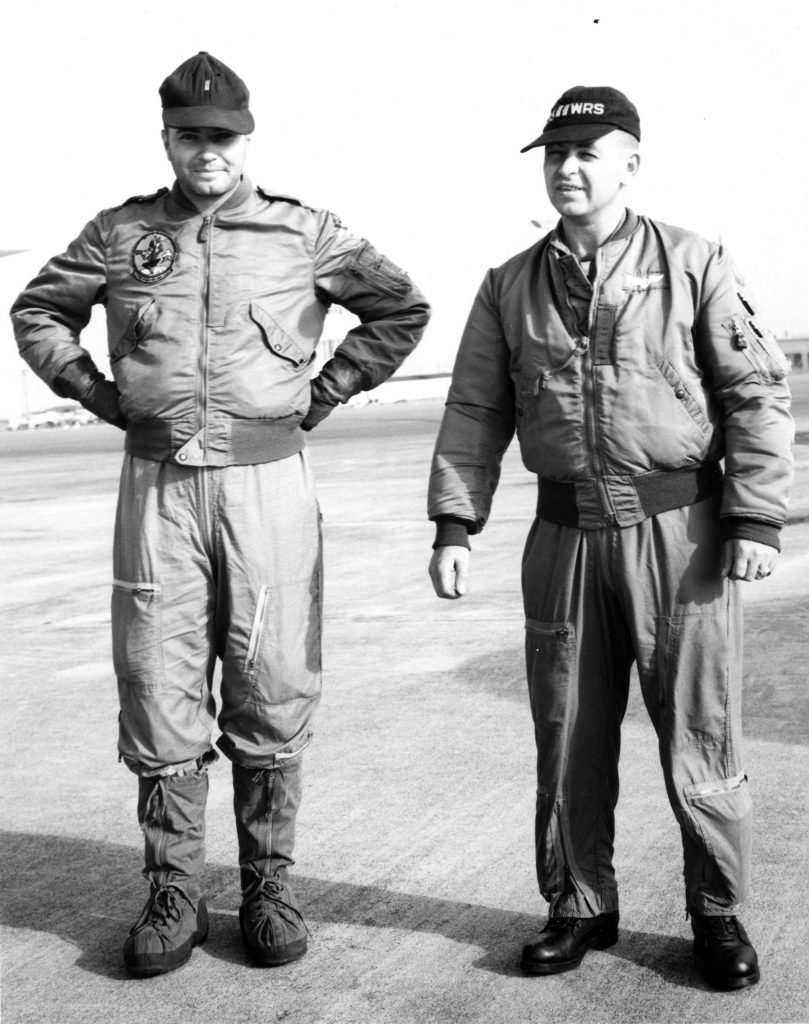
The MA-1 went on to appear in Europe in the late 1950s, and by the late 1960s, bomber jackets had made their way into the wardrobes of civilian subcultures across the globe.
The history of the bomber jacket is one of growth and adaptation, of military precision and everyday comfort, of meeting practical needs and representing cultural phenomena. It’s been our honor to design and create premium leather jackets that reflect their roots, including our leather bomber jacket. I think Grandad would approve.
SHARE THE LOVE
Share this post online or send it to your friend
